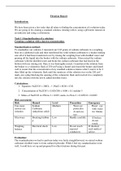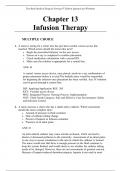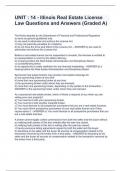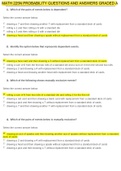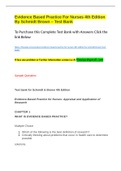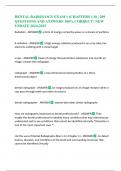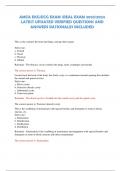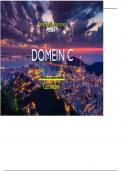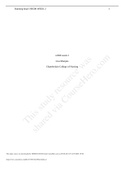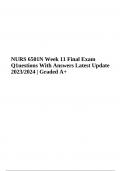Essay
BTEC APPLIED SCIENCE UNIT 2 FULL LAB REPORT 2022 (DISTINCTION STAR) (NEW) (titration, colorimetry, etc)
- Kurs
- Hochschule
btec applied science full assignment (2022) new assignment , includes: all practicals and results from them chemical equations and working out evaluation, method, risk assessment, etc. took me 12 hours to complete this assignment non copyright. this lab report gave me a distinction star
[ Mehr anzeigen ]
